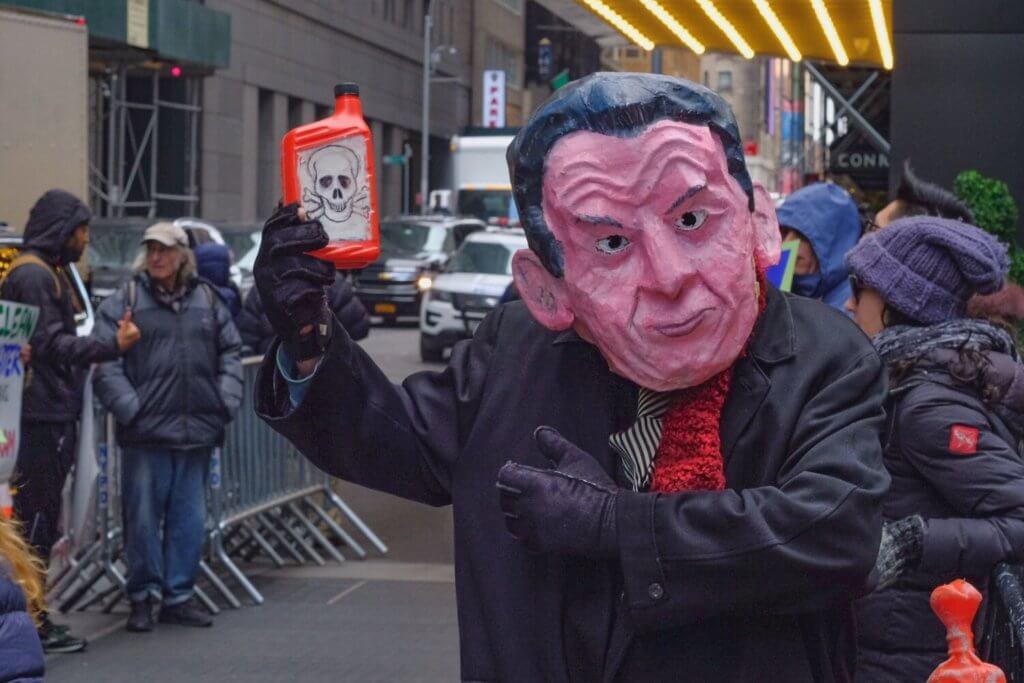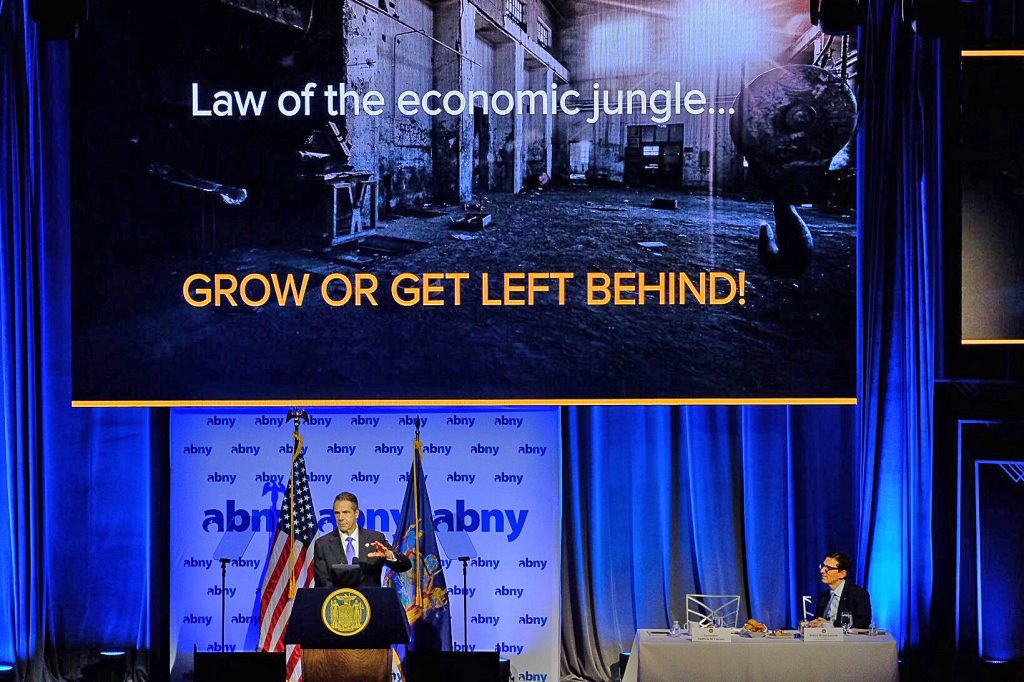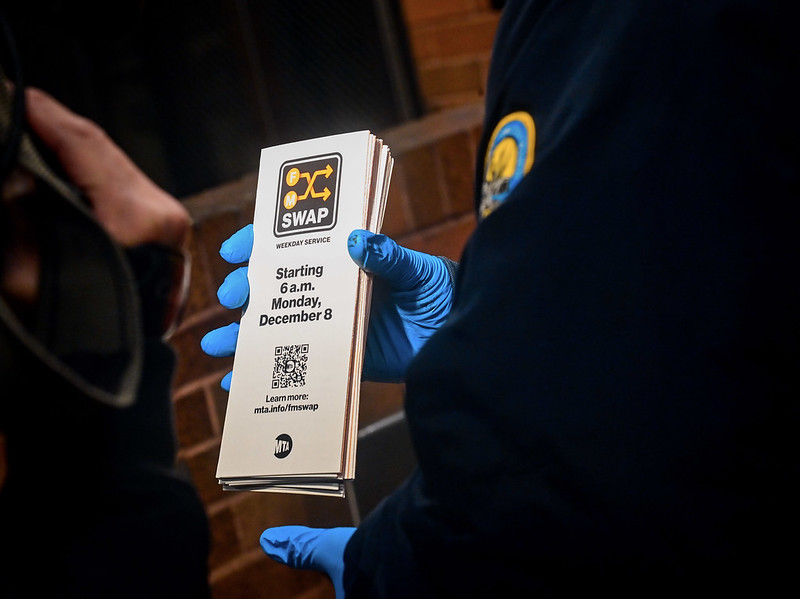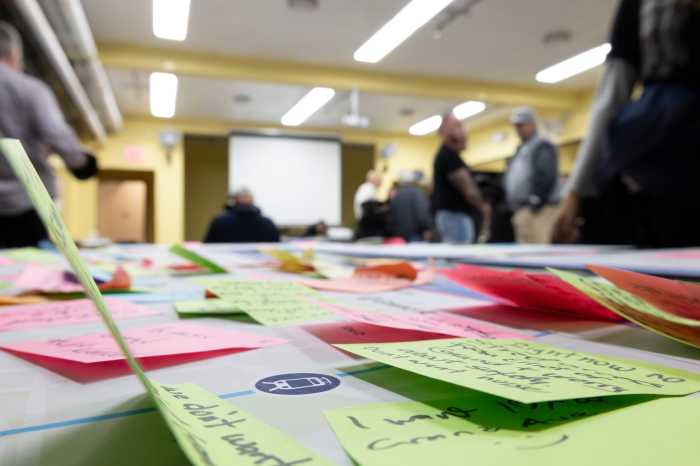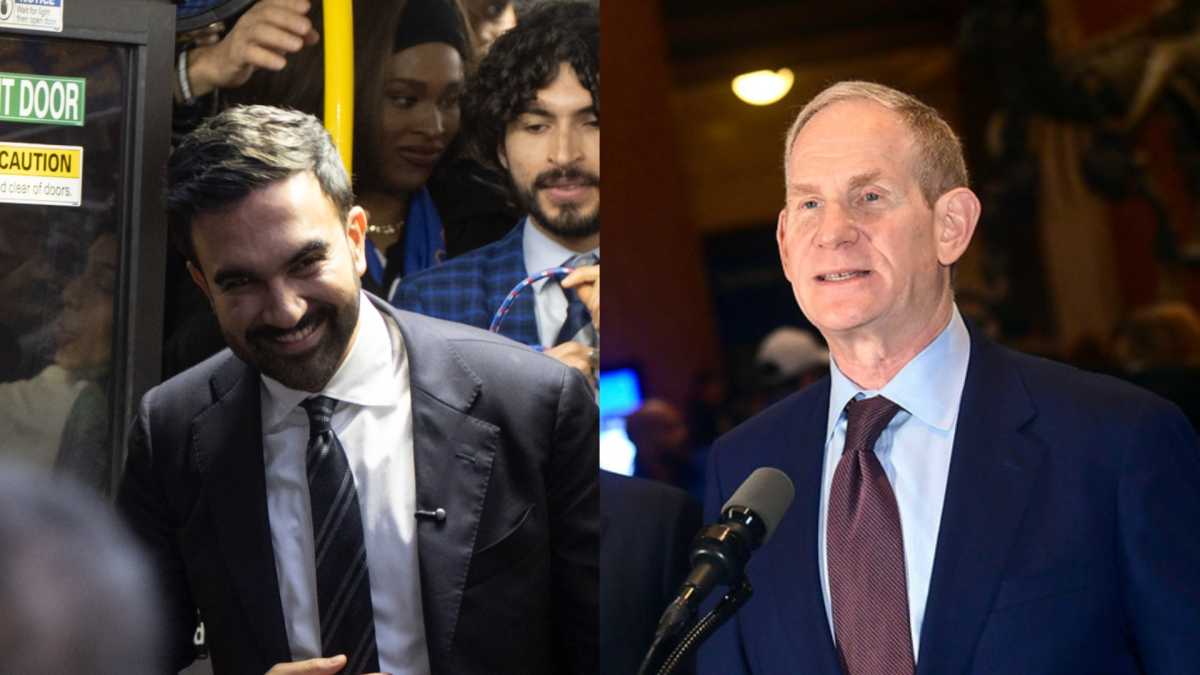Governor Andrew Cuomo unveiled on Monday his transportation and infrastructure plan for 2020 with an emphasis on reducing congestion through major redevelopments in Midtown Manhattan that will transform the way New Yorkers commute.
But he wasn’t talking about the long-awaited congestion pricing rollout; he was focused on trains.
“New York City is suffocating on its own congestion,” Cuomo said. “It is now suffocating and it will limit our growth … Add mass transit capacity and economic development.”
December 2020 will mark the opening of the Moynihan Train Hall, the transformation of the Farley post office building into a Long Island Rail Road annex for Penn Station. Eventually the Amtrak will be moved to the Farley building while the LIRR will remain in Penn.
Cuomo said the problem with Penn Station is capacity: 21 tracks are not enough to accommodate the hundreds of thousands of commuters who depend on the hub each week.
With the long-term plan for Penn Station being to serve LIRR customers, the state has a big plan.
Using a block of land to the south of the station, Cuomo said they would expand Penn by 40 percent capacity, or up to eight new tracks.
“Penn has to become a world class facility also,” Cuomo said.
These improvements will come to be known as the “Empire Station Complex.”
All this, Cuomo said, will triple the train capacity.
There is not a price tag on the full redevelopment of Penn Station at this point, according to Tri-State Transportation Campaign Executive Director Nick Sifuentes. But the state plans to use “value capture” to acquire surrounding land.
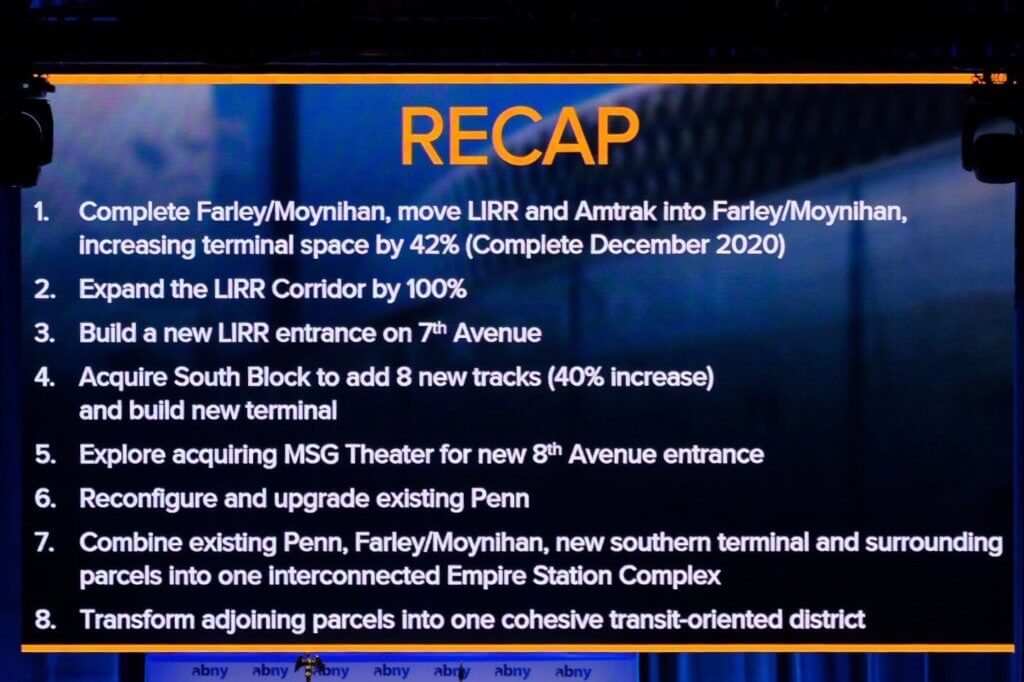
But Cuomo’s Monday morning announcement at the Ziegler Ballroom on Midtown was reminiscent of a similar 2017 event at the Hammerstein Ballroom.
In June of that year, widespread transit meltdowns that week followed by the derailment of a downtown A train at 125th Street in Harlem led Cuomo to declare a state of emergency on the city’s subways. The transit crisis had become a central issue in New York politics.
The first Monday morning of 2020 was plagued by signal meltdowns where some commuters said they had been spent well over an hour just getting from central Queens to Manhattan.
With much of the subway system on upgraded, digital signals, a far cry from the analog signals in place in 2017, the MTA could not immediately offer details on the exact nature of the signal failures.
January also marks the beginning of a new $52 billion budget for the MTA, an historic amount that stands to bring the aging train and bus system into the 21st century.
A small group of about 40 protesters gathered outside the Ziegler Ballroom calling on the governor to create a green new deal for New York and reduce the state’s dependency on fracking and the petroleum for power.
